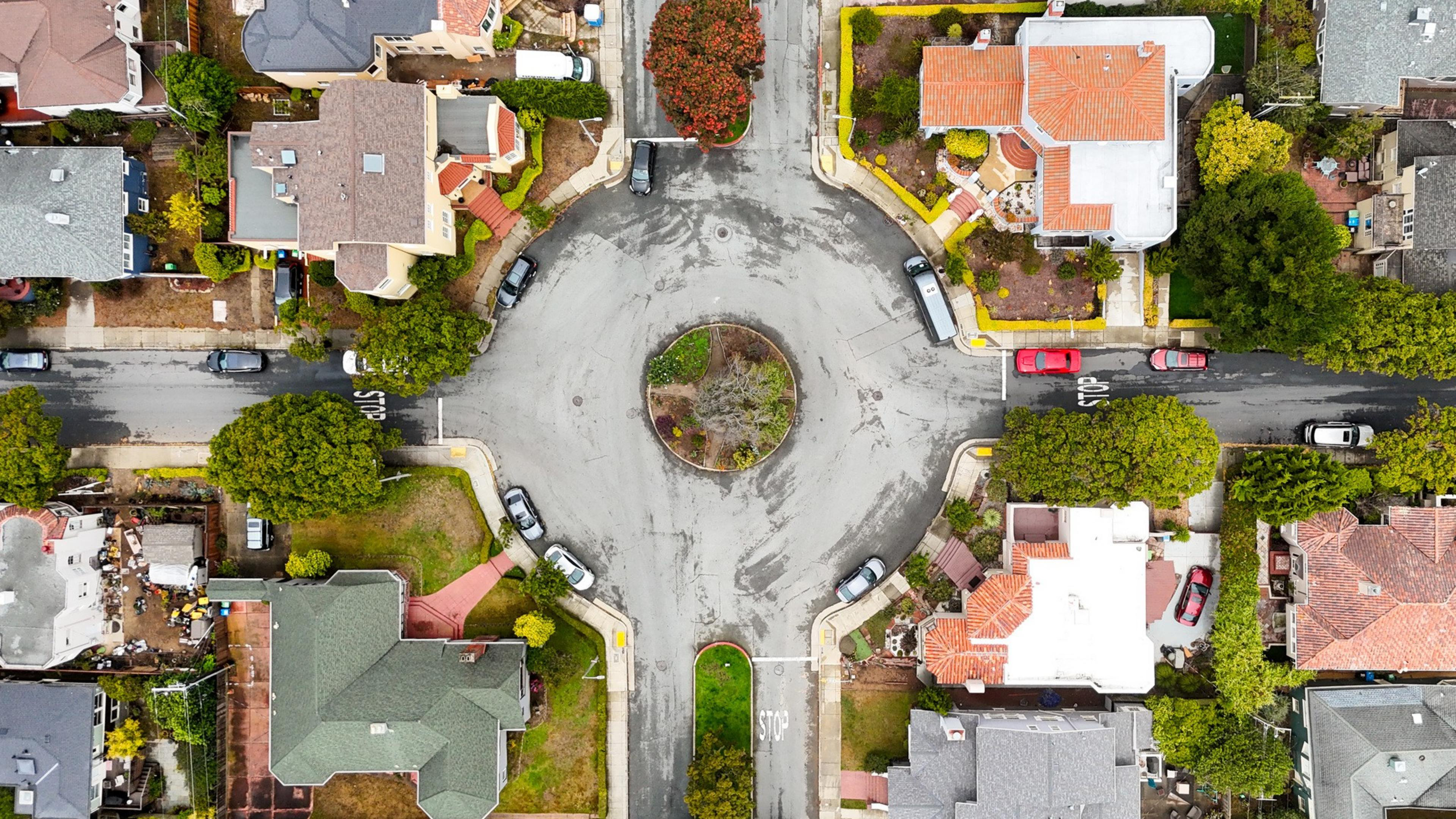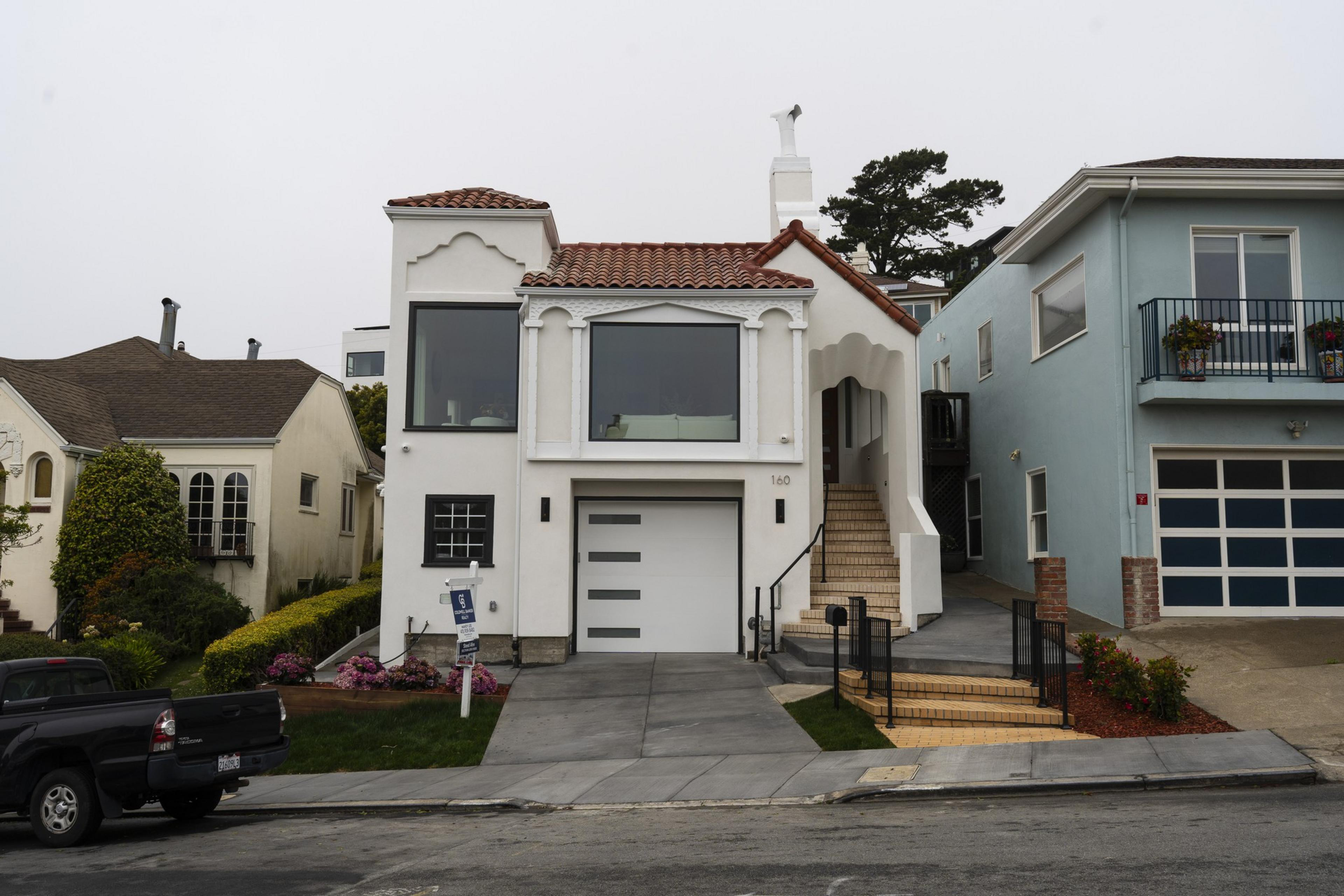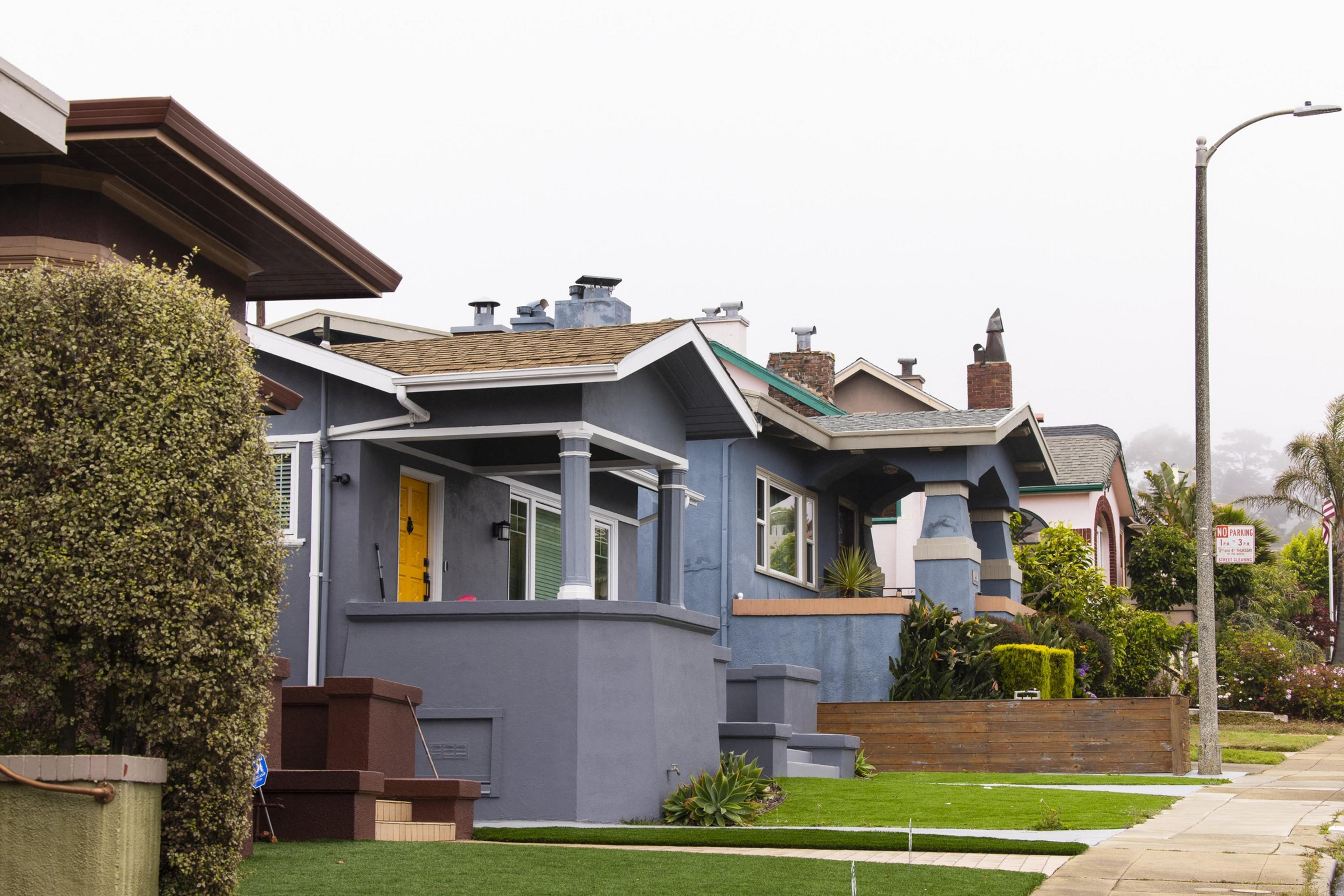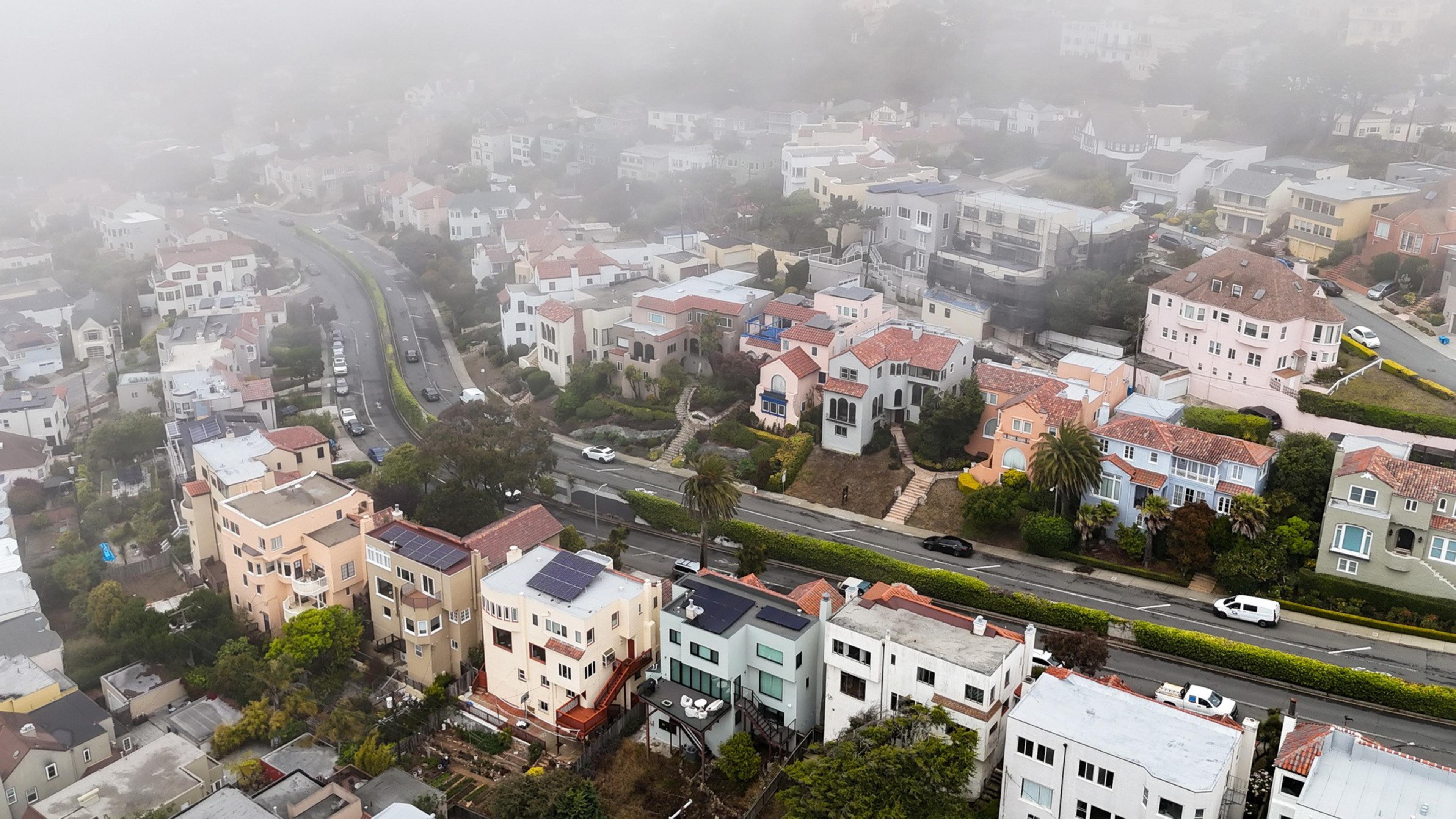Westwood Park is usually sleepy on Sundays, but not when there’s an open house. As homeowners tended to manicured yards along the slopes of the neighborhood’s curvy streets, a move-in-ready home on the corner of Westwood Drive and Elmwood Way was humming like it was Halloween and they were handing out the big candy bars.
Inside, listing agent Shu Pu set out coconut waters on a huge kitchen island in preparation for the coming hordes of house hunters. Minutes after opening the doors, she welcomed a young family. Then another, and another, and another, until the only way to make it through the front door was to awkwardly squeeze past parents and kids. By the end of that late-July weekend, more than 80 families had toured the house, Pu later told The Standard.
At $2.7 million, the 3,100-square-foot home with five bedrooms and four bathrooms is listed for $1 million more than what it sold for last summer, before it underwent an extensive remodel.
When asked if she expects the home to go over the asking price, Pu smirked. Over the last year, 77% of single-family homes in San Francisco sold above the asking price, according to Redfin, a rate higher than any other U.S. city with a population of more than 500,000.
“That’s the strategy,” she said.

Pu was referring to the modus operandi of San Francisco home sellers: a formula known as the “Sunset Special,” according to broker Mandy Lee, who presided over another buzzy open house in Westwood Park on the same Sunday in July.
The strategy, long deployed in west-side real estate circles, is to generate as much buzz as possible to create the illusion of higher demand. Over the past year, single-family homes in the city sold for an average of 11.2% more than the listing price — a rate higher than any other large U.S. city and 9.8 percentage points higher than the city’s sold condos.
Neighborhoods on the south and west sides are the most booming seller’s markets. In the Sunset, Parkside, and Golden Gate Heights neighborhoods on the west side, homes sold for an average of 20% above the listing price over the last 12 months, according to Compass; just 16% of homes were sold at the listing price or lower. Earlier this year, Lee had a property in the Sunset yield seven offers, all $400,000 or more over asking.

Three of the five hottest ZIP Codes are in the city’s southwest corner, around the wildly popular Stonestown Galleria mall, according to data analysis by the San Francisco Business Times (opens in new tab). They are the 94132 ZIP Code, which includes the Lakeshore and Ingleside neighborhoods, and the adjacent 94127 and 94116, part of the Sunset and West Portal, St. Francis Wood, and Balboa Terrace neighborhoods.
“You list low and attract attention,” said Lee, who was showing a five-bedroom, four-bathroom home on 160 Upland Drive, listed for $2.5 million. “There are buyers who can afford to go higher than the asking price, knowing they will have to bid over others. My clients give me the limit of what they’re comfortable with. When they like it, they go to their max, no matter the asking price.”
‘The ballpark of reality’
Around the city, home prices have reached their highest point since mid-2022, according to Compass. But that alone doesn’t explain the pricing strategy of brokers, who’ve been following the unwritten rules of San Francisco real estate for decades.
Mark Palermo of Compass said it’s typical to hold open houses for two weekends before accepting offers. But sometimes, demand is so high that a home will fly off the market immediately, like a property Palermo’s team sold this month in a single day for $350,000 over the asking price. (Palermo would not reveal the sale price, as the deal is still being finalized.)
“Homes in good neighborhoods that are very walkable are the ones that are really flying off the shelf,” he said.

Palermo spoke with The Standard at a showing for a newly constructed four-bed, five-bath home in the Sunnyside neighborhood — a property Palermo said had been “transparently priced” at $4 million.
“With newer homes, we don’t play the game, because the builder himself knows what his margins are and knows what his price is,” Palermo said, explaining that he still expects the home to go for more than the asking price, just not “$400,000 or $500,000 over.”
Meanwhile, older homes with unique fixtures and designs can be more attractive to certain buyers, like a classic car, which means they can be difficult to price accurately.
You don’t want to list too low, because it needs to “be in the ballpark of reality,” said Jeff Marples, an agent who’s been working in the city for 22 years. You don’t want to list too high, either, because it could trim the flock of house hunters who may stumble upon the property when they enter their price range on Zillow or Redfin.
“You list the property purposely at 5% to 10% below what the market is for that property,” Marples said. “If you think the property is worth $1.2 million or $1.1 million, you go, ‘OK, let’s list it at $998,000.’ You want to be able to stand out.”

To eliminate the potential for hiccups in the timeline, Marples said, it’s crucial to have homes thoroughly inspected before listing. If a bid is accepted and red flags appear before the sale is final, then the property could sit on the market for weeks, a development that is likely to scare off potential buyers.
Brokers scour listing site data to determine what is competitive in the current market and what price ranges most buyers are searching for.
“The pricing of San Francisco real estate is kind of an art form,” said Marples.
So too is the purchasing of it.
‘Speed and money’
House hunters in Sunnyside weren’t deterred by the gloomy weather as they toured Palermo’s newly listed property July 27.
But not everybody was there to buy. Some were simply curious neighbors who had seen the home under construction and wanted to see the finished product. One of those was Bethany G., who declined to give her last name and moved to the neighborhood last summer. In the 2010s, she found herself competing with a slew of potential tenants for rentals in the city; at times, she said, she was on the verge of tears from the stress. Then, a few years ago, she and her husband bit the bullet and entered the buyers race, in search of a home where they could raise a family.

They quickly figured out that “looking casually” wasn’t going to cut it. If they ever found a house that checked their boxes, they would have to move fast.
“You have to make a decision in five minutes,” said Bethany, who purchased her home for around 20% over the listing price. “It’s almost like impulse buying.”
Today, she feels a twinge of buyer’s remorse, knowing they settled for something less than perfect.
“In any other market, that wouldn’t be the house we put an offer on,” she said. “But because everything’s about speed and money, you don’t have that time to reflect.”